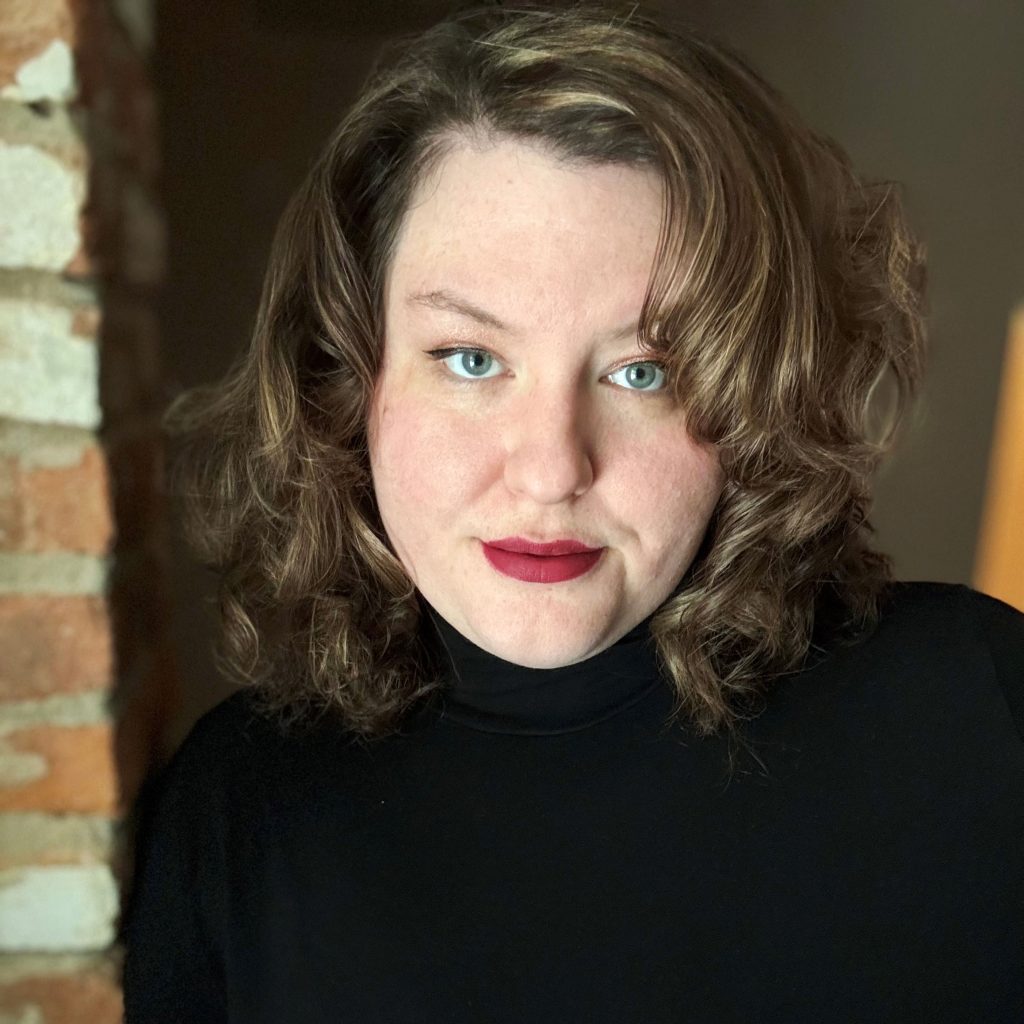How much should the emotional value of light inform our dialogue in 2023?By Brienne Musselman
 Always on the look-out for the next lighting trend and, subsequently, the next educational effort to support the science and foundational concepts behind said trend—Light + Building offered a challenge in 2022. Of the many photos I took of similarly fervent statements on booth walls, the below rose to the top:
Always on the look-out for the next lighting trend and, subsequently, the next educational effort to support the science and foundational concepts behind said trend—Light + Building offered a challenge in 2022. Of the many photos I took of similarly fervent statements on booth walls, the below rose to the top:
Light + Building Booth Messaging
- We embrace Human Centric Lighting
- Protagonists of an organic dialogue
- Lighting in total harmony
- Enhanced Human Centric Lighting for: mood, productivity, sustainability, perception, visual acuity, circadian rhythms
- Low-Impact New Spectrum: imperceptible light by plans, low insect attractiveness, soothing for humans
- Light: illusive cast in shape
- Living the light
- The emotion of light
Perhaps you can imagine that through the IES lens, the above offer very little as a springboard for pairing resources we have to these seemingly well-intended efforts by manufacturers to describe the purpose of light. Unless the IES offers courses such as Intro to Psychology, Creative Writing, etc., we’re not going to address the foundation that it takes to appreciate the above. And certainly, in 2024 or 2026, I don’t see an opportunity to say: “Is this light progress? Is it more or less illusive or harmonious than in 2022?”
I was surprised at the lack of technical terms, references, and nods to technology trends—control protocols, new form factors, material transparency, etc. Having a visceral response in a booth to what light can do isn’t new, and it’s certainly welcome to this visitor—as are the nods to biomimicry, and the occasional personification of light to prove a point. In looking toward 2023, I wonder how the purpose of light—and the emotional response we have to it—will continue to form our dialogue in the industry, and to what extent that can or should be balanced.
The language at Light + Building has continued to surface for me since October, so if the goal was to convey the emotional value of light, it worked. However, in looking at my notes from the people I met, I am astounded at the disconnect between what people need to know, versus what was being offered to them. I kept an informal tally of the “asks” the IES received there (in order of quantity of requests):
Attendee Education and Information Requests
- Standards
- Controls
- Foundational Concepts
- Sales & Distribution
(specifically how to understand the U.S. market)
Why then, the disconnect among informed people between why light matters and how light gets to its final destination? The impact of light—the emotional response it evokes—is it educational? Should it have to be? I’ll be pondering this for a while. It’s December as I write this and I’m reflecting back on education in 2022, and how 2023 will take shape as we meet the needs of our ever-changing industry. We’ve polled our members and our technical committee members, and here’s what’s risen to the top for their needs in education (in order of importance):
- Light and Health
- Sustainability & Environmental Responsibility
(material transparency, circular economy, dark-sky, flora & fauna) - Lighting Controls
- Vision Metrics & Calculations
For now, I look forward to our year focused on the IES audience’s educational requests and interests, keeping in mind that the emotive aspects of L+B booths may crop up throughout 2023. Of the nearly 120 sessions curated for LightFair Conference, 60% of the accepted submissions fall within the tracks of Technology or Process (nearly an even split of 30/30), with Science just behind. Art, interestingly, was the lowest at just 11 sessions. Maybe that’s a sign of what people need to know, or maybe that’s a sign of what people are willing to present on. I’ll be watching this trend year-over-year to see where we land.
I trust our measurable-outcome approach will align industry needs with what we do best. You will see new cohesion between the LD+A editorial calendar, our webinars and new educational offerings throughout the year.

